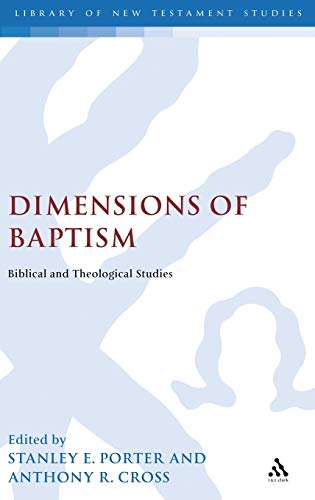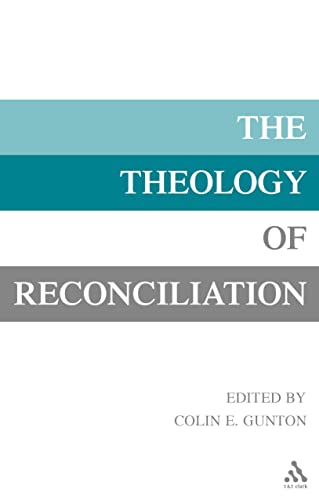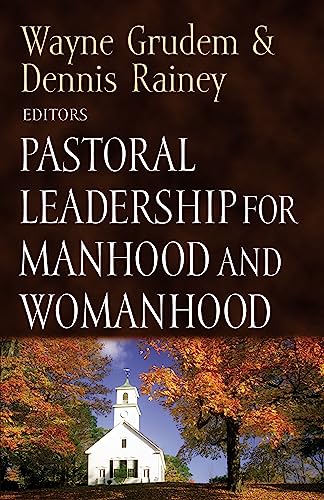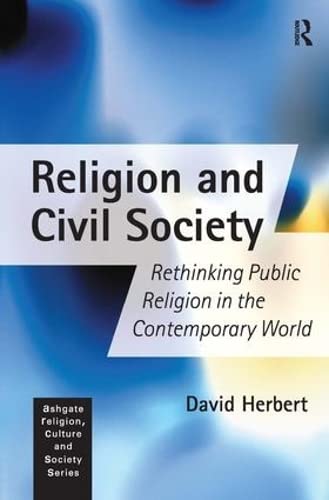CHRISTIANITY AT THE RELIGIOUS ROUNDTABLE
Written by Timothy C. Tennent Reviewed By Rob CookDr Tennent’s inter-cultural credentials are evident from the fact that he is not only associate professor of world missions at Gordon-Conwell Theological Seminary but also a visiting professor at the Luther New Theological College in India. Further, he informs the reader that he has engaged in inter-faith dialogue around the world and so the fictional dialogues presented in the book are firmly based on experience as well as the extensive reading that is listed in the closing bibliography. The author is convinced that too much so-called dialogue has been conducted by liberal Christians who have abdicated from true historic Christianity. His fictional interlocutor is therefore an evangelical who holds robustly to the historic faith.
The dialogues are held with members of the three largest non-Christian religions: Hinduism, Buddhism and Islam. Because of the diversity of these religions, each is represented by at least two proponents from varying perspectives within their faith communities. The central issue of God is discussed with members of all the three religions and then Creation with the Hindus, Ethics with the Buddhists, and Christ and Incarnation with the Muslims.
To conclude his study, Tennent presents three case studies highlighting various issues concerning the relationship between Christianity and other religions. These are: Justin Martyr and his use of the Logos concept, Brahmabandhav Upadhyay’s use of the Hindu concept of God to explicate the doctrine of the Trinity, and A. G. Hogg’s exploration of the plurality of religions in the light of the uniqueness of Christ. Each case study concludes with a number of helpful questions for discussion.
This, then, is an outline of the book, but there are also useful sections on related issues such as the nature of true dialogue and the various theological approaches to the question of salvation within other faiths.
Reading the book it soon becomes clear that one is in the presence of an expert who is willing to hold the hands of those who are not. For example, before recording each dialogue, Tennent skilfully introduces the reader to all the main ideas that will be on the table. What is more, these are not just presented in broad brush-strokes. He manages to communicate a very nuanced understanding of the subtleties of sometimes intricate doctrines. As well as overhearing fascinating and instructive dialogues the reader discovers that along the way there is both a compendium of the cardinal doctrines of the major world religions and also an in depth crash-course in the main doctrines of historic Christianity.
What are the flaws of this otherwise superb book? Let me highlight two. Firstly, while acknowledging the plurality of valid viewpoints within other religious traditions, Tennent seems to assume that there is only one correct form of Christianity, namely his brand of Reformed, conservative, exclusivist evangelicalism. He even goes so far as to say that those Christians who espouse a more inclusive hope for the salvation of the unevangelised (and this would include many who would call themselves evangelical) ‘cannot … be considered consistent with historic Christianity’ (26). This somewhat entrenched outlook is compounded when Tennent contends that, for him, the value of dialogue is to stimulate him to greater refinement of his understanding of Christian doctrine. There is no sense that members of other faiths can provide wisdom and insight that modify and enrich one’s worldview. On this point I find the committed yet more open attitude of, say, Gerald McDermott in his Can Evangelicals Learn from World Religions? (IVP, 2000) more helpful.
Secondly, in the dialogues the Evangelical always has the last word and the pattern is consistently to probe the weaknesses of the non-Christian religions without allowing their representatives to fully respond in kind. Certainly these religions have problems, for example in the realm of theodicy, but it might well be argued that Tennent’s brand of Christianity which consigns those who have never heard the gospel to perdition faces apologetic problems at least as great.
In conclusion, this book is an accessible work of considerable scholarship. It would have been improved by having a couple of Christian interlocutors who faced some significant counter-attacks from their Hindu, Buddhist and Muslim friends.
Rob Cook
Redcliffe College







